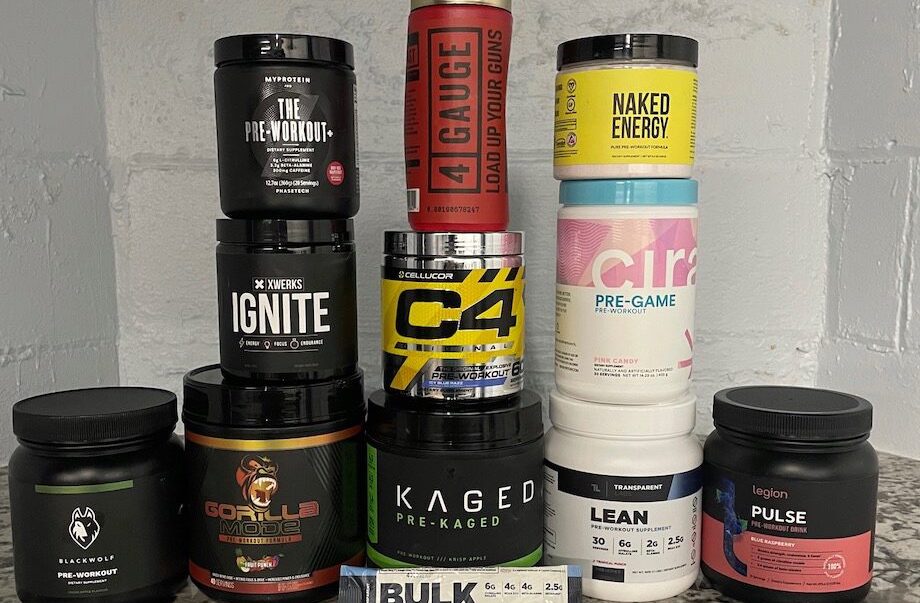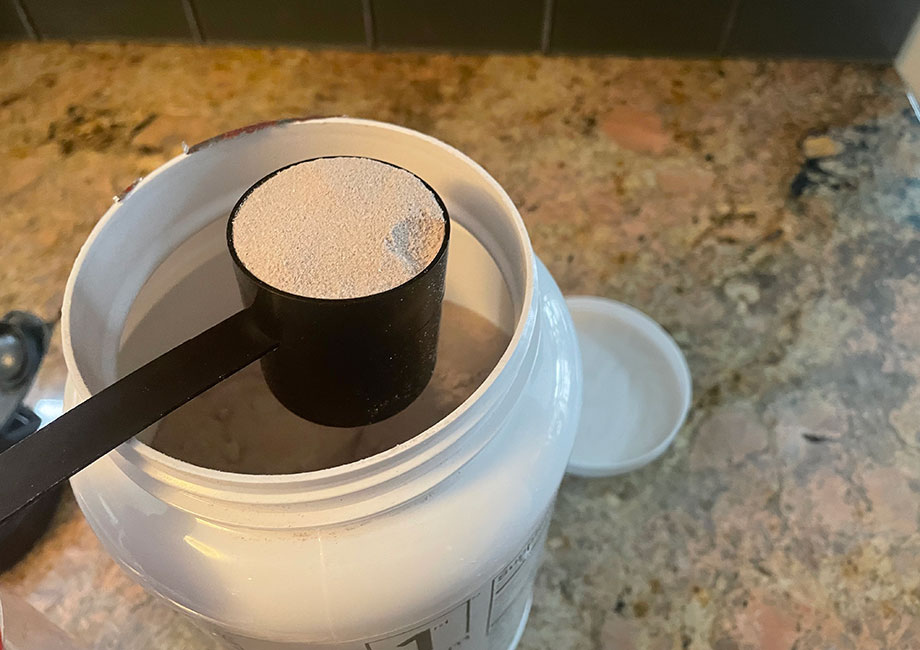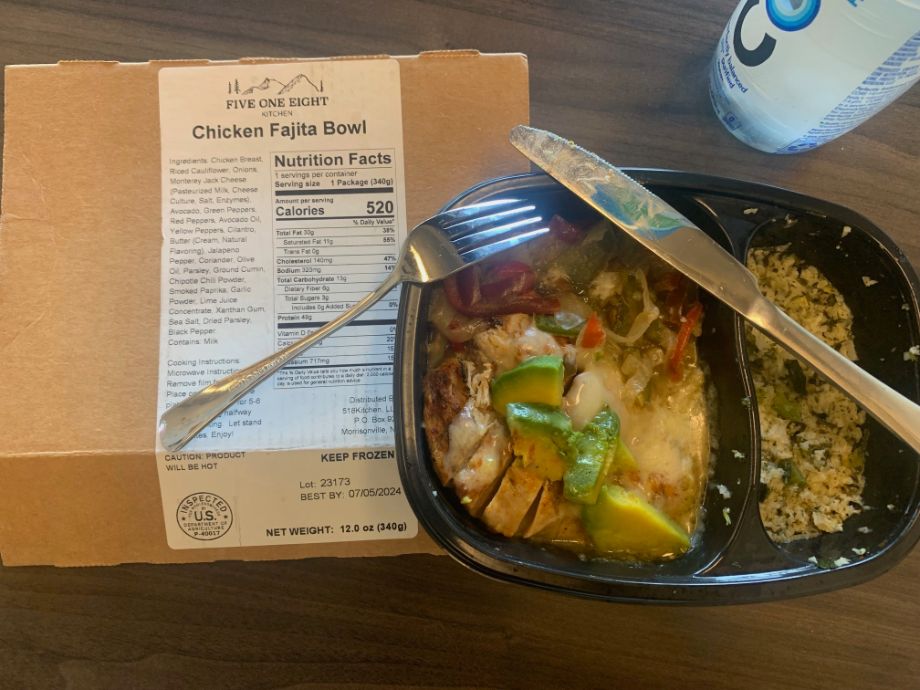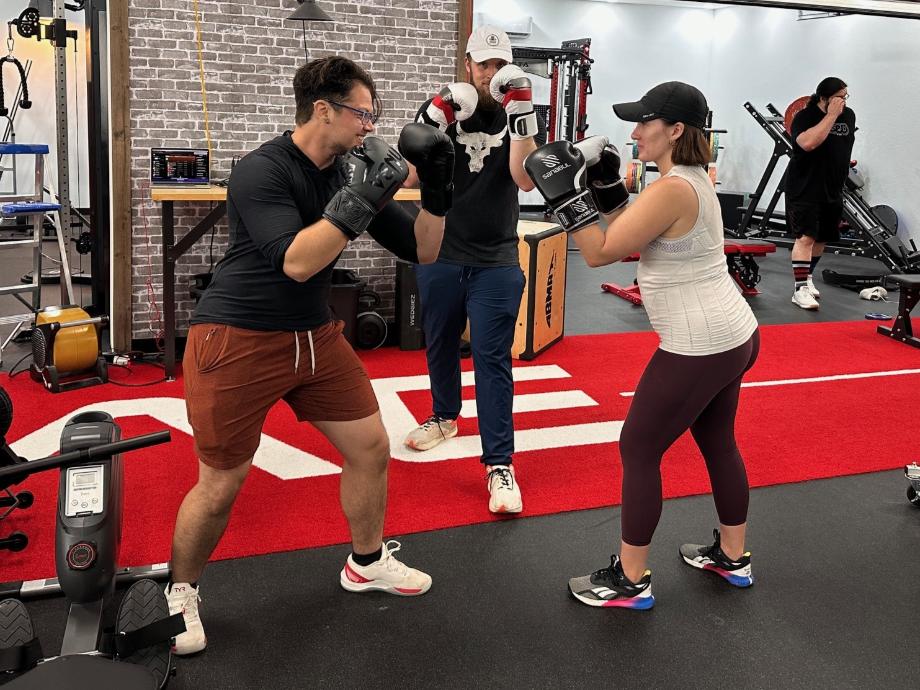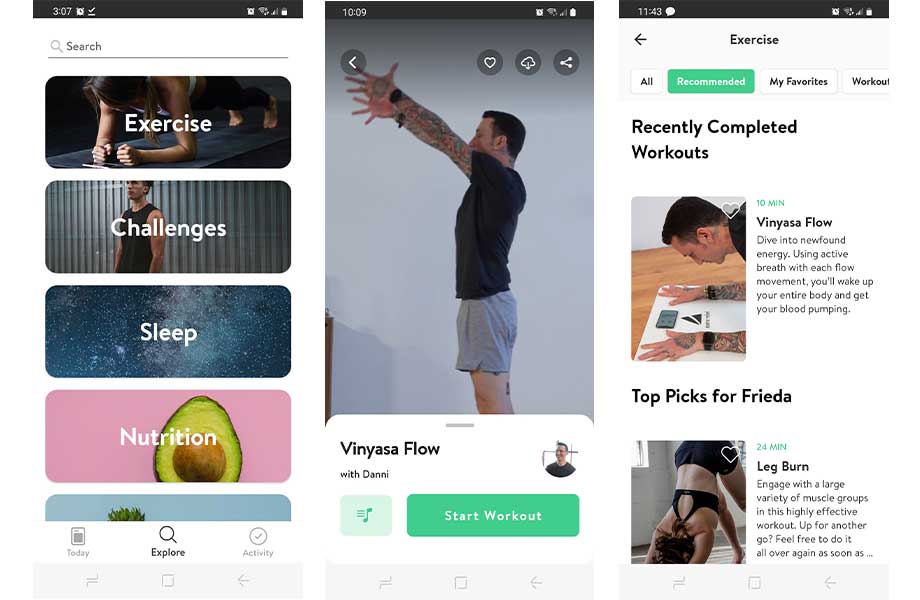Pre-workout supplements have been a staple of gym-goers for years. They’re used for everything from increasing energy during cardio workouts to enhancing muscle strength (and muscle growth) during strength training sessions. There are two main types of pre-workouts: stimulant-based and non-stim (or stimulant-free). But there are additional types that fall into each category, too.
Because pre-workouts are multi-ingredient supplements, manufacturers can tweak the key ingredients to give you the results you want. Some pre-workouts are formulated to build muscle, while others are more focused on muscular endurance. There are also gentler options for beginners. In this guide, we’ll dive deeper into the specific types of pre-workout to help you make a decision about which is the best pre-workout for you.
Medical disclaimer: This article is intended for educational and informational purposes only. It is not intended as a substitute for medical advice. For health advice, contact a licensed healthcare provider.
What Is Pre-Workout?
Pre-workouts are multi-ingredient sports nutrition supplements that are designed to enhance exercise performance. They can have different ingredients (we’ll dig more into that later), but the general goals of a pre-workout supplement are to boost energy, increase strength and endurance, and reduce post-exercise muscle soreness.
RELATED: Best Pre-Workout Ingredients
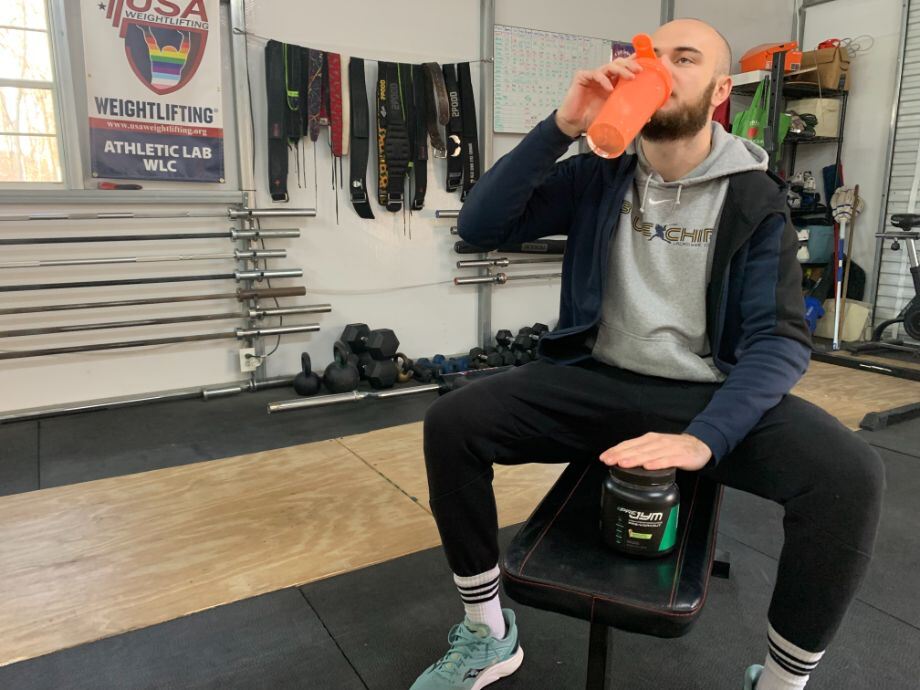
Some common ingredients in pre-workouts are:
- Caffeine: a stimulant that increases focus and mental alertness, while reducing the perception of fatigue1. Caffeine can also boost the rate of fat oxidation and spare muscle glycogen2.
- Creatine: an amino acid that aids in energy production, and can increase muscle strength and size3.
- L-citrulline: an amino acid that increases nitric oxide production4, which improves blood flow.
- Citrulline malate: a blend that combines citrulline with malate; the combo helps increase oxygen delivery5 to muscle and helps delay muscle fatigue.
- Beta-alanine: a non-essential amino acid6 that combines with histidine to make carnosine, which improves performance during high-intensity exercise and delays fatigue.
- Branched-chain amino acids: essential amino acids (leucine, isoleucine, and valine) that promote muscle protein synthesis and delay perceived exertion7.
Different Types of Pre-Workout
There are eight different types of pre-workout. Here’s how each type compares.
Standard Pre-Workout
A standard pre-workout is what people are typically referring to when they say “pre-workout.” These supplements pull triple duty: They have a blend of ingredients that enhance energy, improve mental focus, and increase muscle protein synthesis.
Most companies use proprietary blends so we don’t usually know the exact recipe that’s used to create these supplements, but the typical standard pre-workout ingredients include:
- 150-200 mg of caffeine
- 6-8 g of citrulline
- 3-6 g of beta-alanine
- 3-5 g of creatine
- Branched-chain amino acids (BCAAs) and/or another essential amino acid complex
You may also see supporting ingredients like vitamin B12 and vitamin B6, L-theanine, glucose, and/or L-citrulline, which is classified as a nitric oxide booster. L-citrulline is a precursor to L-arginine8, which is needed to create nitric oxide. Nitric oxide helps improve blood flow and cellular respiration.
RELATED: Best Pre-Workout with BCAAs
Non-Stim Pre-Workout
A non-stim pre-workout (also called a stimulant-free pre-workout) includes all the common ingredients in a standard pre-workout, minus the caffeine (or other stimulants). Instead, it usually has additional ergogenic ingredients, like betaine, glycerol, taurine, nootropics, and L-tyrosine, to enhance energy levels, while also improving focus, endurance, and recovery.
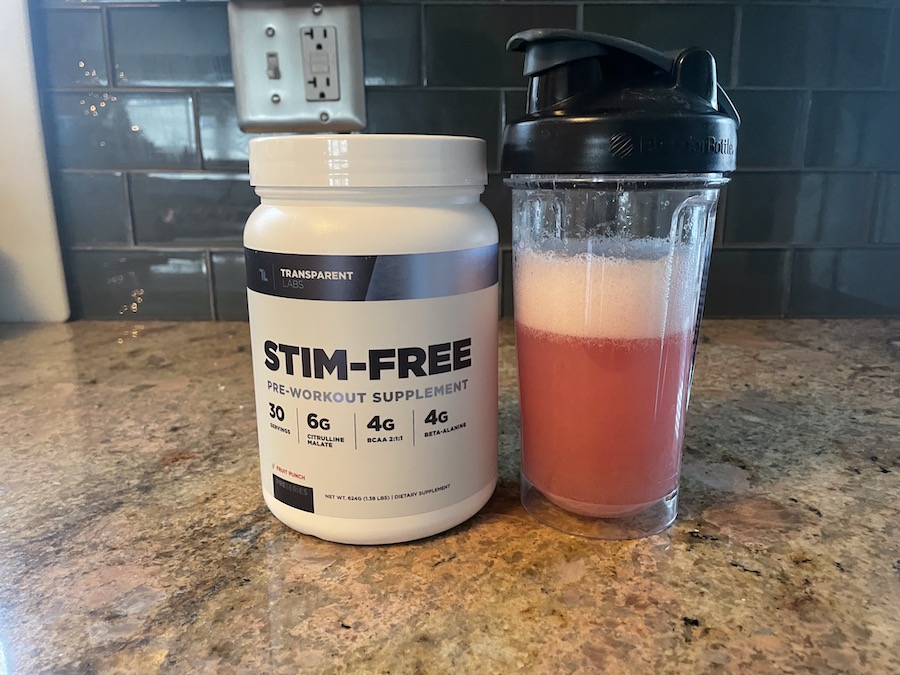
High-Stim Pre-Workout
If you don’t like the idea of caffeine-free pre-workouts, you can go in the complete opposite direction with a high-stim pre-workout. High-stim pre-workouts have extra caffeine to really get you going. While standard pre-workouts contain around 200 milligrams of caffeine per serving, high-stim pre-workouts can have up to 400 milligrams per serving.
RELATED: Strongest Pre-Workout
Natural Pre-Workout
Many standard pre-workouts contain artificial colors, sweeteners, flavors, and other questionable additions that you may or may not want to consume. Natural pre-workouts are free of these ingredients and usually don’t contain thickeners, gums, and emulsifiers, either. But the best natural pre-workout supplements still offer the same benefits as other pre-workouts.
Pre-Workout for Muscle Gain
The best pre-workouts for muscle gain contain the foundational ingredients in a standard pre-workout with additional ingredients that help promote muscle growth. In addition to caffeine, some of the main ingredients may include:
- L-carnitine
- Creatine monohydrate
- Citrulline malate
- Beta-alanine
- Carnosine
Keep in mind that a pre-workout on its own isn’t enough to increase muscle mass; you’ll also need a well-designed resistance training program.
Pre-Workout for Pumps
A pump is a temporary boost in muscle size that occurs due to increased blood flow in the muscles after a workout. While this effect isn’t long-lasting, bodybuilders and weightlifters still go after it. And it goes beyond aesthetics—muscle pumps can potentially lead to more muscle gain9 over time.
Rather than focusing solely on more energy, pump pre-workouts increase blood flow in your blood vessels to give you that “swole” look and feel. They do this through one or more nitric oxide agents—compounds that increase nitric oxide production—like beetroot extract, l-citrulline or citrulline malate, arginine, and betaine. This increased blood flow can also improve athletic performance.
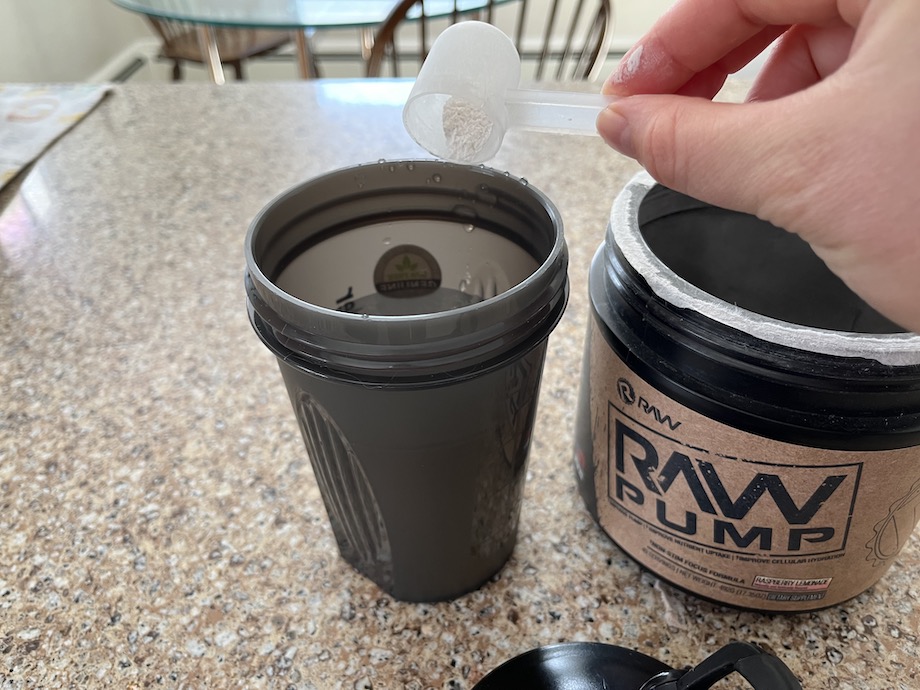
Pump pre-workouts also contain stimulants, like caffeine, and beta-alanine, that give you more energy. This can extend the time it takes to reach muscle fatigue, leading to more sets and a bigger pump.
If you need some recommendations to get you started, check out our guide to the best pump pre-workout.
Pre-Workout for Beginners
A beginner can really take any pre-workout product, but some of the side effects can be off-putting if you’re not used to them. For example, beta-alanine can delay muscle fatigue and soreness, but it also gives that tingling sensation that a lot of people don’t like. The caffeine in pre-workout supplements can be pretty high, too, so if you’re sensitive to it, you might end up with the jitters.
GGR staff writer Amanda Capritto, who is also a certified personal trainer and a nutrition coach, says that in her professional experience, most beginners do better when they start with a gentle or moderate pre-workout and then work their way up. That means limiting caffeine and ingredients like beta-alanine.
A good rule of thumb is to look for a pre-workout that contains no more than 200 milligrams of caffeine per serving. For more info, check out our guide to the best pre-workout supplements for beginners.
NSF Certified Safe for Sport Pre-Workout
The NSF Certified Safe for Sport10 designation means the supplement has been third-party tested and does not contain substances or masking agents that are prohibited by the World Anti-Doping Agency (WADA), United States Anti-Doping Agency (USADA), and professional athletic organizations, like the National Football League (NFL), Major League Baseball (MLB), and the National Hockey League (NHL).
This certification also means there are no contaminants in the supplement, and what’s on the label matches what’s in the container.
Because the supplement industry isn’t tightly regulated, it’s common for manufacturers to use questionable ingredients without calling them out on the label. The NSF Certified Safe for Sport label ensures that you’re getting what you think you are.
You can see a full list of NSF Certified Safe for Sport pre-workout on NSF’s website.
Pre-Workout vs Energy Drinks
Energy drinks have one purpose: to give you a quick boost of energy. The main ingredients are usually caffeine, taurine, guarana, ginseng, ginkgo biloba, l-carnitine, and B vitamins. They also contain some antioxidants and trace minerals, as well as a heap of sugar—as much as 54-62 grams, which is more than is recommended for the entire day.
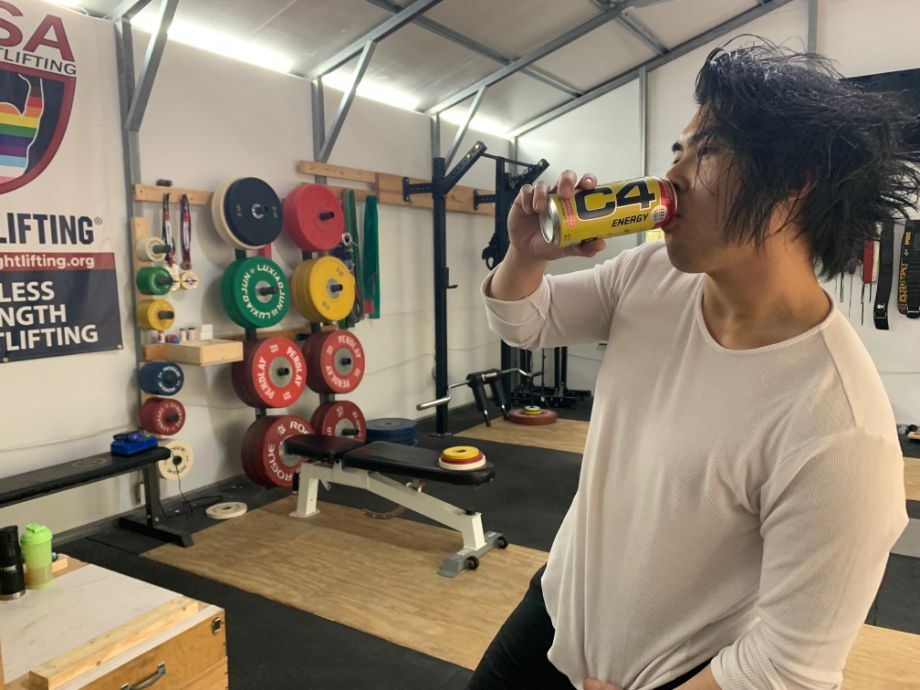
Caffeine content varies depending on the specific energy drink, but dosages typically range from 70-240 milligrams for a 16-ounce drink and 113-200 milligrams for an energy shot.
While energy is one of the goals of a pre-workout, it’s not the only goal. Pre-workouts contain additional ingredients that can increase muscle protein synthesis and enhance post-workout recovery. In short, pre-workouts are more of a multifaceted drink, while energy drinks only serve as a quick (and not-so-great) source of energy.
RELATED: Coffee vs Pre-Workout
Different Types of Pre-Workout: Final Thoughts
The foundational ingredients in most pre-workout supplements are the same, but there are slight variations that make some more targeted to specific objectives, like increased muscle mass or more energy and focus, than others. If you have specific fitness goals, choose a pre-workout formula that’s designed for that purpose.
Different Types of Pre-Workout: Q&A
How many types of pre-workouts are there?
There are two main types of pre-workout: those that contain caffeine or other stimulants and non-stimulant versions that don’t. Within those two main categories are additional types, like high-stimulant pre-workouts and more targeted pre-workouts that are focused on muscle gain/pumps and endurance.
What is the healthiest type of pre-workout?
There’s no one-size-fits-all answer here; the healthiest pre-workout for you depends on your body and your fitness goals. That being said, you want to choose a high-quality pre-workout that contains clinically effective dosages of all the active ingredients. Make sure to pay attention to inactive ingredients, too. Try to avoid supplements that contain unnecessary fillers or too many extra refined carbohydrates, like sugar.
Is it good to dry scoop pre-workout?
No, you should never dry scoop pre-workout. Doing so can increase your risk of serious respiratory or cardiovascular issues and/or death11. It can also make it more likely that you’ll experience unpleasant side effects like tingling and the jitters. If you’re going to take pre-workout, make sure you follow the manufacturer’s instructions for use (aka be smart and mix it with water).
These statements have not been evaluated by the Food and Drug Administration. This product is not intended to diagnose, treat, cure, or prevent any diseases.
References
1. Fiani, B, Zhu, L, Musch, BL, et al. The neurophysiology of caffeine as a central nervous system stimulant and the resultant effects on cognitive function. Cureus. 2021;13(5):e15032. doi:10.7759/cureus.15032
2. Loureiro, LMR, Dos Santos, Neto, E, Molina, GE, et al. Coffee increases post-exercise muscle glycogen recovery in endurance athletes: A randomized clinical trial. Nutrients. 2021;13(10):3335. doi:10.3390/nu13103335
3. Kreider, RB, Kalman, DS, Antonio, J, et al. International Society of Sports Nutrition position stand: safety and efficacy of creatine supplementation in exercise, sport, and medicine. J Int Soc Sports Nutr. 2017;14:18. doi:10.1186/s12970-017-0173-z
4. Gonzalez, AM, Trexler, ET. Effects of citrulline supplementation on exercise performance in humans: A review of the current literature. J Strength Cond Res. 2020;34(5):1480-1495. doi:10.1519/JSC.0000000000003426
5. Gough, LA, Sparks, SA, McNaughton, LR, et al. A critical review of citrulline malate supplementation and exercise performance. Eur J Appl Physiol. 2021;121(12):3283-3295. doi:10.1007/s00421-021-04774-6
6. Hobson, RM, Saunders, B, Ball, G, Harris, RC, Sale, C. Effects of β-alanine supplementation on exercise performance: a meta-analysis. Amino Acids. 2012;43(1):25-37. doi:10.1007/s00726-011-1200-z
7. Gervasi, M, Sisti, D, Amatori, S. et al. Effects of a commercially available branched-chain amino acid-alanine-carbohydrate-based sports supplement on perceived exertion and performance in high intensity endurance cycling tests. J Int Soc Sports Nutr. 2020;17(6). doi: 10.1186/s12970-020-0337-0
8. National Academy of Sports Medicine. L-arginine supplement benefits: Should you supplement?
9. Schoenfeld, B, Contreras, B. The muscle pump: potential mechanisms and applications for enhancing hypertrophic adaptations. Strength Cond J. 2014;36(3):21-25. doi: 10.1097/SSC.0000000000000021
10. National Sanitation Foundation. Risky business: Beware of banned substances in sports supplements. 2021.
11. Lin, A, Chow, N, O’Connor, M, Mehta, S, Behnam, R, Pham, D, Hatef, C, Rosenthal, H, Milanaik, R. Dry scooping and other dangerous pre-workout consumption methods: a quantitative analysis. Pediatrics. 2022; 149: 204.


